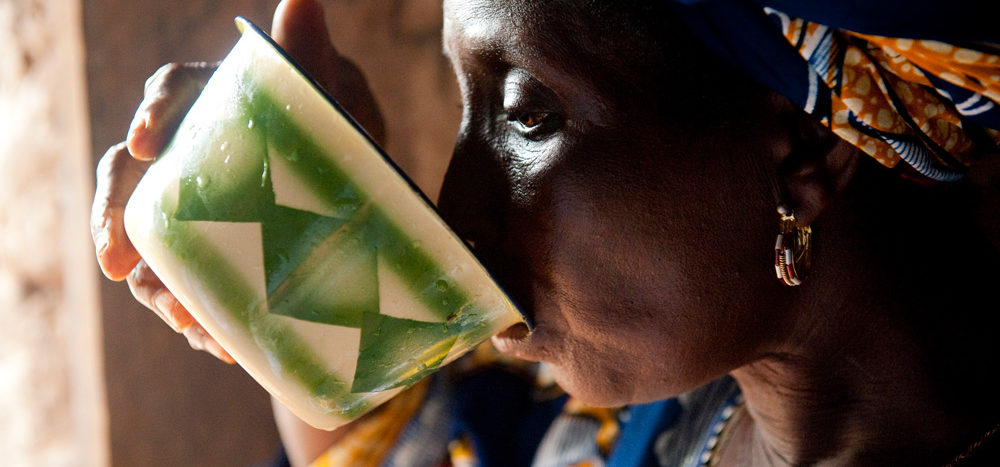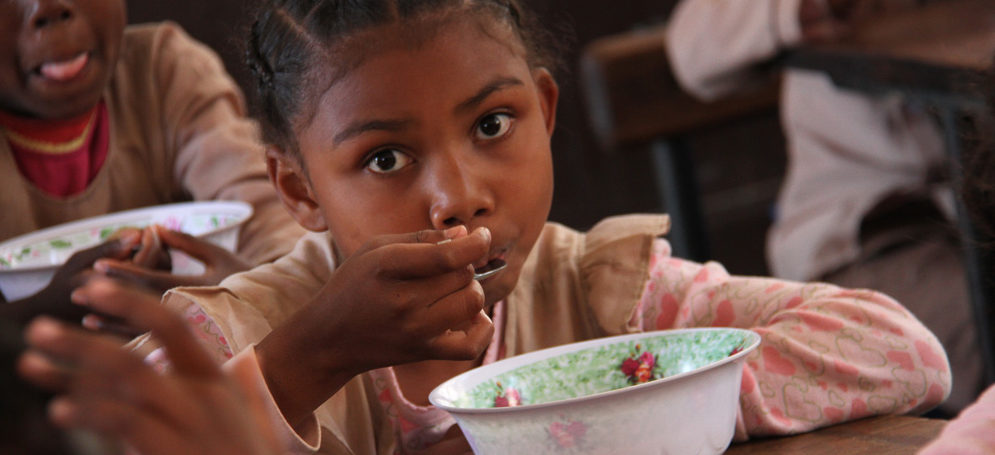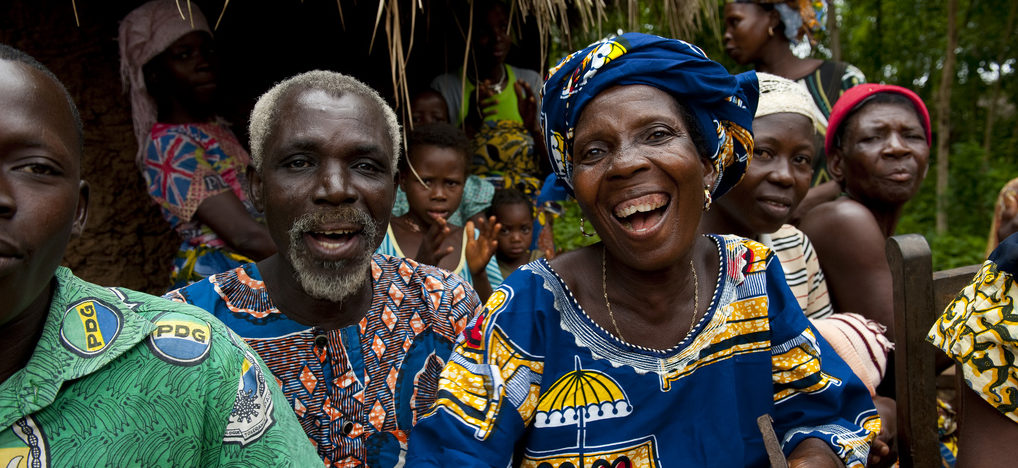The fact that agriculture and water are connected shouldn’t come as a surprise to most people – it is hard to imagine growing anything without water. However, looking closer at the two sectors, one can’t help, but notice that the connections between water and agriculture reach far beyond irrigation.
One connection that isn’t so obvious is nutrition: People suffering from waterborne deceases have troubles absorbing nutrients from food they eat. Another connection is through resource efficiency and agricultural productivity – human excreta can be recycled into fertilizers and improve food security.
So, tying connections between agriculture and water into stronger knots could deliver multiple social and environmental benefits. In practice this could cut food production and healthcare costs, reduce risks from pathogens and detrimental weather effects and improve resilience.
However, even if the potential and benefits of collaboration are widely acknowledged, there is not enough practical evidence and successful examples of cross-sector projects. In other words, little has been done to plug agriculture into WASH (water, sanitation and hygiene), and vice versa.
Our WASHnut Expert Group (nut stands for nutrition) is determined to challenge the status quo.
With this unifying vision in mind, the Expert Group examined nine case studies in Sweden, Bolivia, Kenya, Tanzania, Burkina Faso and Uganda, exemplifying how to connect the dots and get actors from different sectors to work together. Let’s take a closer look at three of the cases to see what the reality on the ground can be like.
Explore the case studies and the work of this Expert Group in this interactive Prezi!


